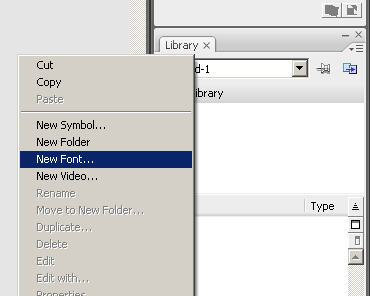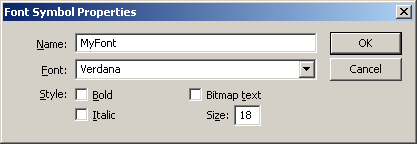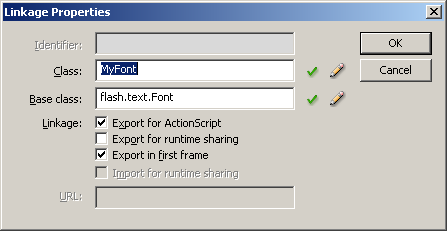Color.setTint() alternative (AS3)
Monday, February 1st, 2010I once discovered a really cool feature of the color class that lets you set the tint of an object via its color transform object using the setTint function.
The bad news though is that the Color class is in the fl namespace, so if you’re developing outside of the Flash IDE you have no access to that class natively, so here is how to replicate that functionality without the Color class:
Tinting with the color class:
import fl.motion.Color; // Tint the movie clip 50% with the color 0xFF9933 var c:Color = new Color(); c.setTint(0xFF9933, 0.5); myMovieClip.transform.colorTransform = c;
Tinting without the color class:
import flash.geom.ColorTransform;
// Tint the movie clip 50% with the color 0xFF9933
var tintColor:uint = 0xFF9933;
var tintMultiplier:Number = 0.5;
setTint(myMovieClip, tintColor, tintMultiplier);
function setTint(displayObject:DisplayObject, tintColor:uint, tintMultiplier:Number):void {
var colTransform:ColorTransform = new ColorTransform();
colTransform.redMultiplier = colTransform.greenMultiplier = colTransform.blueMultiplier = 1-tintMultiplier;
colTransform.redOffset = Math.round(((tintColor & 0xFF0000) >> 16) * tintMultiplier);
colTransform.greenOffset = Math.round(((tintColor & 0x00FF00) >> 8) * tintMultiplier);
colTransform.blueOffset = Math.round(((tintColor & 0x0000FF)) * tintMultiplier);
displayObject.transform.colorTransform = colTransform;
}



